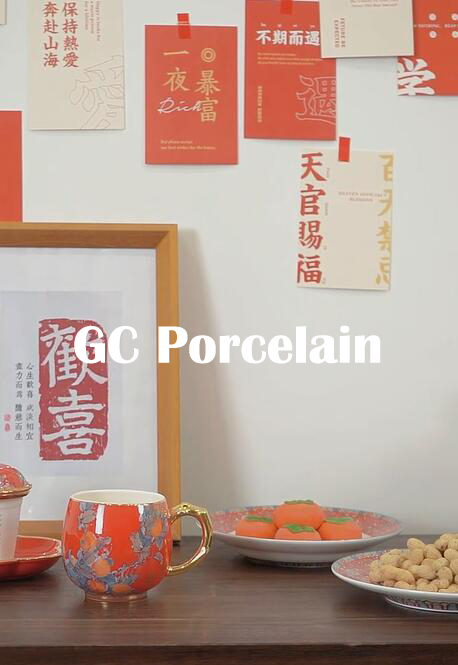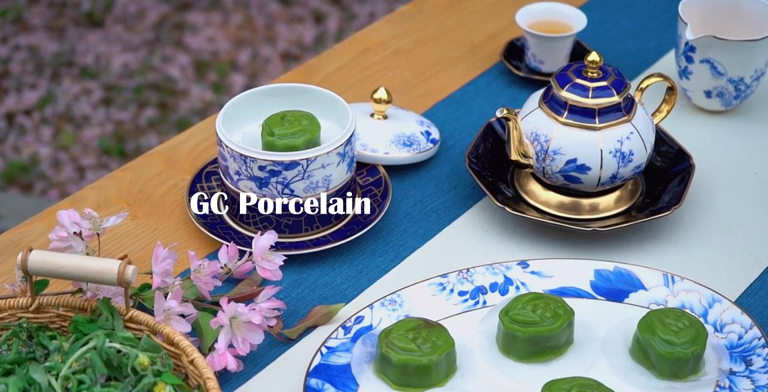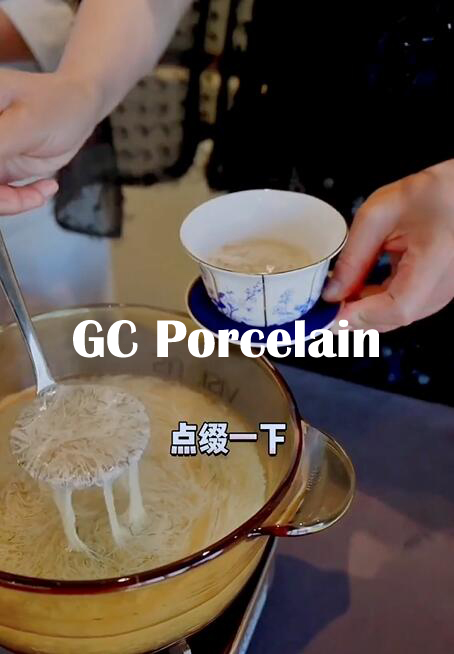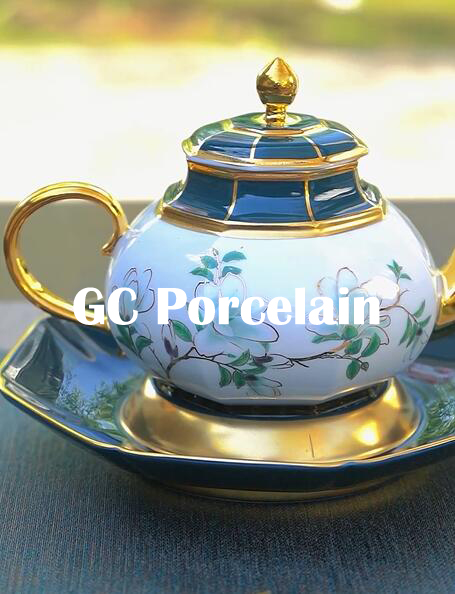Green tea is a non-fermented tea and the earliest type of tea in history. It has the most variety of names, not only with rich aroma and long-lasting flavor, but also with excellent quality and unique shapes that have high artistic value. Additionally, green tea is the main raw material for producing scented tea.
Domestically, due to the quality characteristics of green tea with "clear soup and green leaves," tea drinkers not only enjoy a good taste but also appreciate its shape and color, gaining aesthetic pleasure. Therefore, in various regions of our country, many tea enthusiasts consume it, and it is highly favored by our literati and refined scholars.
In the international market, China's green tea accounts for more than 70% of the international trade volume, with sales regions covering over 50 countries and regions including North Africa, West Africa, France, the United States, and Afghanistan. In the international market, the sales volume of green tea accounts for more than one-third of the total domestic sales.
The quality of green tea varies greatly, and different qualities of green tea have different characteristics. These characteristics, along with the brewed tea soup and leaf base, can be used to identify the quality of green tea.
| Type | Color | Aroma | Tea Soup | Taste | Leaf Base |
|---|---|---|---|---|---|
| New Green Tea | Fresh green, glossy | Strong | Green with fragrance, orchid aroma, roasted chestnut aroma | Mellow and refreshing | Fresh green and bright |
| Aged Green Tea | Yellow, dull | Low | Dark yellow | Mellow but not refreshing | Aged yellow, not bright |
| Spring Green Tea | Dark green, glossy | Strong | Mellow and refreshing | Mellow and refreshing | Soft and bright |
| Summer Green Tea | Mixed colors | Woody | Bitter | Bitter | Hard, veins exposed, mixed with copper-colored leaves |
| Autumn Green Tea | Green | Light | Light color, slightly sweet | Mild, slightly sweet | Soft, many copper-colored single leaves |
| High Mountain Green Tea | Green, glossy | Lasting | Bright green | Rich | Bright and soft |
| Flatland Green Tea | Yellow-green | Mild | Light | Mellow | Hard, veins exposed |
Green tea retains a large amount of natural substances and has special effects on anti-aging, anti-cancer, anti-bacterial, and anti-inflammatory properties, which are unparalleled by other types of tea. Besides the health benefits that tea generally has, green tea can also be used for bathing. The ingredients in green tea can remove harmful microorganisms on the skin and have whitening effects. You can also dry the used green tea leaves, pack them into small bags, add a small amount of spices or pomelo leaves, and put them in the wardrobe to prevent insects and deodorize.
Tasting
It is usually recommended to use porcelain or glass cups with good transparency to brew green tea, as this highlights the emerald green tea soup and tea leaves, with glass cups being the best choice. Generally, medium to high-grade green tea is best brewed in transparent white porcelain cups, and there's no need to use a lid. This way, you can appreciate the tea and prevent tender tea from being over-brewed, losing its fresh color and taste. Porcelain cups are suitable for serving tea to guests and drinking tea at work.
Brewing green tea in a glass cup is suitable for tasting high-grade, delicate, and precious green tea. Similarly, there's no need to use a lid, allowing you to fully appreciate the appearance and quality of the tea. Especially to enjoy the "green tea dance" phenomenon during brewing.
As for ordinary green tea, which is not for appreciating the tea's aesthetics but for quenching thirst, chatting, or accompanying snacks and friends, a teapot can be used for brewing. When there are many people drinking tea, using a teapot is more convenient. The usual steps for brewing green tea are as follows:
- Cleaning the tea set and observing the tea (this step can be skipped for ordinary green tea)
First, clean the selected tea set with boiling water to enhance the tea-drinking experience. Observing the tea, also known as tea appreciation, involves taking some dry green tea and placing it on white paper for the drinkers to admire its color and shape. This allows drinkers to fully appreciate the natural charm and craftsmanship of high-quality green tea.
- Brewing the tea
Brewing the tea is the most challenging step in tasting green tea. Although it seems simple, it's actually difficult. For brewing green tea, use clean, high-quality mineral water or purified tap water. The water should be neutral or slightly acidic; do not use alkaline water to avoid darkening the tea soup. The water temperature should be around 80°C. This is done by pre-pouring boiling water into a porcelain pot and letting it cool down to around 80°C. Of course, ordinary green tea can also be brewed with 100°C water. The amount of tea varies according to personal preference; those who like strong tea can add more, while those who prefer light tea can add less. The general ratio of green tea to water is 1:50 to 1:60 (1 gram of tea leaves to 50 to 60 milliliters of water).
There are three methods of adding tea: top infusion, middle infusion, and bottom infusion.
Top infusion is suitable for high-grade, tightly rolled green tea, such as West Lake Longjing and Dongting Biluochun. Pour boiling water into the cup first, then add the tea.
Middle infusion is suitable for high-grade, loosely rolled green tea, such as Liu'an Guapian and Huangshan Maofeng. Pour one-third of the boiling water first, then add the tea. Wait a while for the dry tea to absorb water and unfold before filling the cup.
Bottom infusion means adding the tea first and then pouring water. When brewing high-grade, precious green tea, you can observe the unfolding tea, the changes in the tea soup, the diffusion of tea smoke, and finally the integration of tea and soup, appreciating the natural elegance of the tea. The brewing time for green tea is best within 4-5 minutes. For tender new leaves, as their effective ingredients are easier to release, the brewing time can be appropriately shortened.
- Tasting the tea
Tasting green tea involves looking, smelling, and savoring. Look at the color of the tea soup and the shape of the tea leaves; smell the delicate and elegant tea fragrance, which must be appreciated with the heart to sense the breath of spring and the pure, long-lasting, indescribable life fragrance. Savoring means appreciating the pure, mellow, genuine, and beautiful taste of green tea. Green tea can generally be brewed 2-3 times. If you want to drink more, you need to brew it again.
Production
Green tea is made through the processes of fixing, rolling, and drying. Depending on the method of fixing, green tea can be divided into pan-fried green tea and steamed green tea. Pan-fried green tea is further divided into four types based on the drying method: fried green tea, baked green tea, and sun-dried green tea.
Fried green tea is categorized by shape into three types: long, round, and flat. Long fried green tea products are collectively known as "eyebrow tea" and include special treasure, precious eyebrow, phoenix eyebrow, beautiful eyebrow, and tribute eyebrow. They are mainly produced in Anhui, Jiangxi, and Zhejiang, and are one of China’s traditional export teas. Round fried green tea, also known as pearl tea, is a specialty of the Pingshui tea area in Zhejiang, hence it is also called Pingshui pearl tea. It was one of China’s earliest export commodities, known as "green pearl" worldwide, and is mainly produced in Shengzhou, Shaoxing, and Shangyu, Zhejiang. Flat fried green tea is mainly divided into West Lake Longjing, Qiqiang, and Dafang based on the production area and method.
Baked green tea is a major type of green tea and is divided by shape into strip tea, pointed tea, flake tea, and needle tea. Strip tea is produced in major tea-producing areas nationwide; pointed and flake tea are mainly produced in Anhui and Zhejiang. Based on the tenderness of the raw material, it is further divided into ordinary baked green tea and fine baked green tea. Ordinary baked green tea is mainly produced in Zhejiang, Anhui, Jiangxi, Sichuan, and Guangxi, including Min baked green tea, Zhejiang baked green tea, Anhui baked green tea, and Su baked green tea. Ordinary baked green tea is generally not consumed directly but is used as a raw material for scented tea. Fine baked green tea includes famous teas such as Huangshan Maofeng, Taiping Houkui, Shucheng Orchid, Tianshan Green Tea, Huading Cloud Mist, and Tianmu Qingding.
Sun-dried green tea uses sunlight for drying and has a sun-dried flavor. Its production is relatively small, mainly distributed in Hunan, Hubei, Guangdong, Guangxi, Sichuan, and Yunnan, with some production in Guizhou. Sun-dried green tea made from Southwest large-leaf varieties is of the best quality and is called "Yunnan green." Other varieties such as Sichuan green, Guang green, Guangxi green, and Hubei green have their own strengths but are not as good as Yunnan green. Sun-dried green tea is mainly used for making compressed tea, such as brick tea, tile tea, tuoch tea, cake tea, and Kang brick.
Steamed green tea is the oldest type of green tea in China, characterized by green color, green soup, and green leaves. Currently, it is only produced in a few areas in Hubei and Jiangsu, with Enshi Yulu being the main variety. Most of the green tea consumed in Japan is processed steamed green tea.
Although there are many types of green tea, the initial production process is basically the same, with each having its own technical nuances. The initial production process is as follows:
- Fixing
Fixing is the key technique in forming the quality of green tea and plays a decisive role in its quality. Through fixing, the activity of enzymes in fresh leaves is destroyed, preventing the buds and leaves from turning red and forming the characteristic "green leaves and green soup" quality of green tea. As the water content in the leaves decreases, the grassy smell is dissipated, enhancing the tea fragrance, softening the leaves, and creating conditions for rolling.
- Rolling
Rolling is the key process in shaping the appearance of green tea. Through external force, the leaves are rolled and twisted into strips, reducing their volume for easier brewing, and laying the foundation for frying and shaping. At the same time, some tea juice is squeezed out and attaches to the leaf surface, which is important for improving the tea soup’s concentration. Rolling can be divided into cold rolling and hot rolling. Hot rolling means rolling the leaves while they are still hot from fixing without cooling them; cold rolling means cooling the leaves after fixing before rolling. Older leaves with higher cellulose content are not easily shaped into strips and are suitable for hot rolling; high-grade tender leaves are suitable for cold rolling to maintain good color and fragrance.
- Drying
Drying is the final step in the initial production of green tea, usually involving baking followed by frying. The main purpose is to evaporate excess water in the leaves to prevent mold, completely destroy any remaining enzyme activity in the leaves, develop the tea fragrance, enhance the taste, and further shape the tea into tight, long, and slightly curved forms like eyebrows.
| Tips | Source |
|---|---|
| Green tea is rich in antioxidants, which help combat free radicals in the body. | Harvard T.H. Chan School of Public Health |
| It contains catechins, particularly EGCG (epigallocatechin gallate), which are linked to numerous health benefits. | Harvard T.H. Chan School of Public Health |
| Regular consumption of green tea is associated with a reduced risk of cardiovascular diseases. | Harvard T.H. Chan School of Public Health |
| Drinking green tea may improve brain function due to its caffeine and L-theanine content. | National Center for Complementary and Integrative Health (NCCIH) |
| Green tea can aid in weight loss and improve metabolic rate. | National Institutes of Health (NIH) |
| It may lower the risk of certain types of cancer, such as breast and prostate cancer. | Harvard T.H. Chan School of Public Health |
| Green tea can help lower blood sugar levels and reduce the risk of type 2 diabetes. | National Center for Complementary and Integrative Health (NCCIH) |
| It has anti-inflammatory properties that can benefit skin health. | National Institutes of Health (NIH) |
| Drinking green tea is linked to better oral health and reduced bad breath. | Harvard T.H. Chan School of Public Health |
| Green tea may enhance fat burning, particularly during exercise. | National Center for Complementary and Integrative Health (NCCIH) |
Professional Preservation Methods for Green Tea
Depending on the preserver and the amount of green tea, the preservation and storage methods for green tea are mainly divided into professional and household categories. Professional preservation is mainly for tea merchants to preserve their tea products, while household preservation is mainly for preserving small amounts of green tea.
- Lime Block Preservation Method
Put quicklime blocks in bags made of fine white cloth, put green tea in white cotton paper bags, and then cover them with kraft paper bags. Then, place the clean and dried small-mouthed ceramic jar with white paper at the bottom, put the white cotton paper bags containing green tea into the small-mouthed ceramic jar, and place one or two lime bags in the middle. Seal the jar mouth to reduce the amount of air exchange, and replace the deliquesced lime in time.
- Charcoal Storage Method
The operation method is basically the same as the lime block preservation method. The only difference is that the material used is charcoal, and the tea container can be a tile jar or a small-mouthed iron bucket.
- Green Tea Refrigeration Method
Put green tea leaves with a moisture content not exceeding 6% into aluminum-plated composite bags, heat seal the bags, use an air extractor to remove the air from the bags, simultaneously fill them with nitrogen, seal the openings with a sealing tape, place them in tea boxes, and then store them in a low-temperature refrigeration warehouse. This method is currently the best tea preservation method, with large preservation capacity and long preservation time.

Methods for Storing Green Tea at Home
- Storage in a Clay Pot
The specific method is the same as the lime block storage method. The container used is not limited, the important thing is that the tea must be dry and the bag sealed tightly. This method is simple.
- Storage in Plastic Bags
Choose food packaging bags that are dense, thick, strong, and odorless. You can first wrap the tea leaves in soft, clean paper, then place them in the food bag and seal it.
- Storage in a Thermos
You can use an old thermos with poor insulation, fill it with dry green tea, close the lid, and seal it with wax.
- Refrigerator Storage
Place the green tea in food packaging bags that are dense, thick, strong, and odorless, then put it in the refrigerator. This method preserves the tea for a long time and has good results, but the bag must be tightly sealed to prevent damage to the quality of the green tea leaves.
If you have any questions or need to custom dinnerware service, please contact our Email:info@gcporcelain.com for the most thoughtful support!






